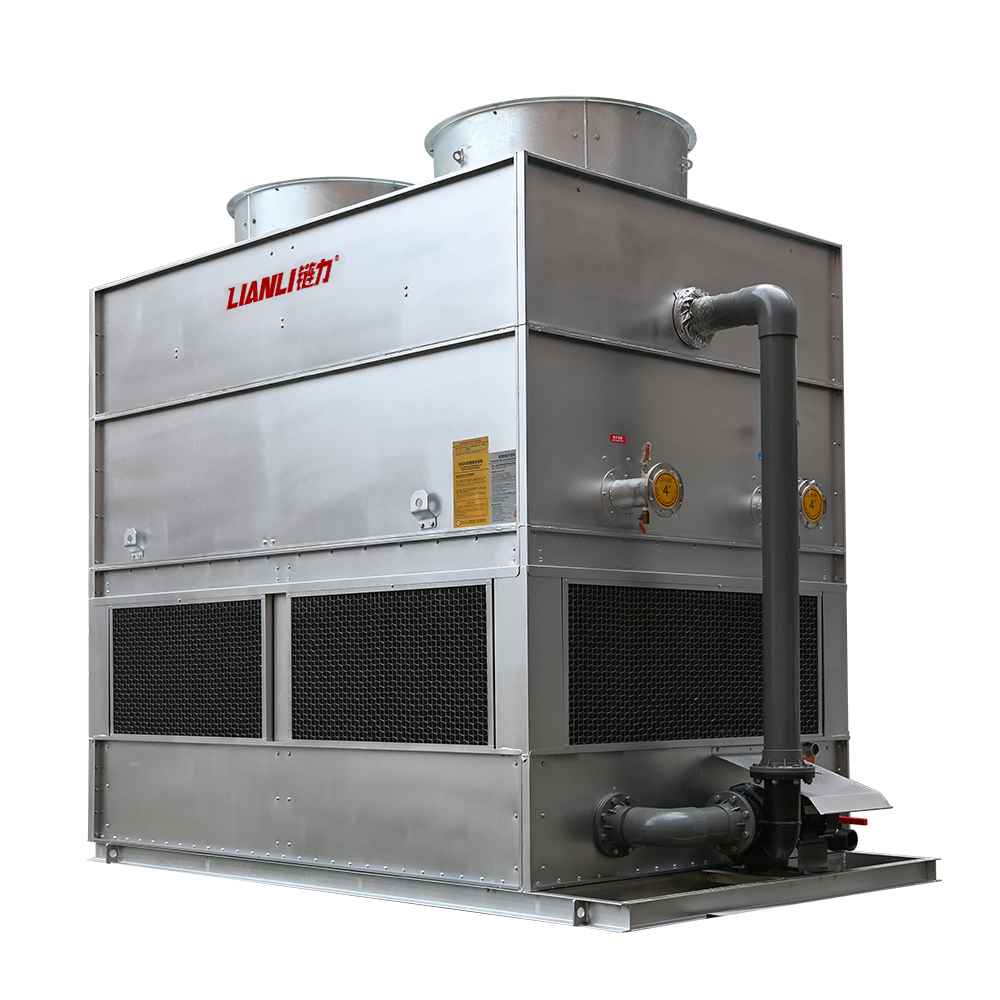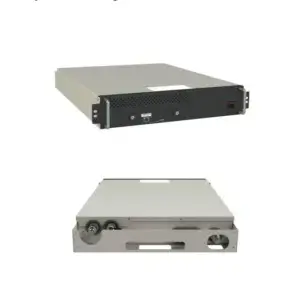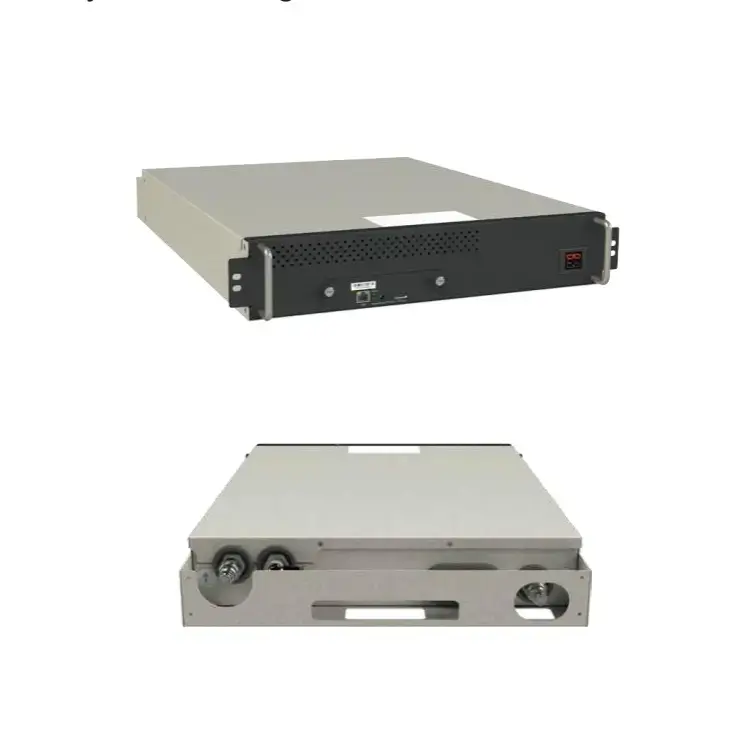Miner S21 Hyd.: The Future of Mining Cooling .Technologies: Liquid vs. Air
In the fast-evolving world of cryptocurrency mining, efficiency is everything. As mining hardware becomes more powerful, the demand for advanced cooling solutions has never been higher. One of the most talked-about innovations in this space is the
Miner S21 Hyd., a liquid-cooled mining rig that promises to redefine performance and efficiency. But how does it compare to traditional air-cooled systems? In this article, we’ll explore the pros and cons of liquid cooling versus air cooling in the context of modern mining technologies.
What is the Miner S21 Hyd.?
The
Miner S21 Hyd. is a next-generation mining device developed by Bitmain, one of the leading manufacturers in the cryptocurrency mining industry. Unlike standard mining rigs that rely on fans and airflow to manage heat, the
Miner S21 Hyd. uses a closed-loop liquid cooling system. This allows it to maintain optimal operating temperatures even under heavy workloads, resulting in improved hash rates and energy efficiency.
Liquid cooling works by circulating a thermally conductive, but electrically insulating, fluid around the components that generate the most heat—such as the ASIC chips. This fluid absorbs the heat and transfers it away from the system, often to a radiator or heat exchanger. This method is highly effective and can significantly reduce the thermal throttling that often plagues air-cooled systems.
Air Cooling: The Traditional Approach
For years, air cooling has been the go-to solution for most mining operations. It involves using high-speed fans and heatsinks to dissipate heat into the surrounding environment. While effective to a certain extent, air cooling has several limitations:
- Noise: High-speed fans can be extremely loud, making air-cooled setups unsuitable for residential or office environments.
- Dust Accumulation: Fans pull in dust, which can clog filters and reduce cooling efficiency over time.
- Space Requirements: Air cooling requires adequate airflow, which means mining rigs need to be spaced apart—increasing the footprint of large-scale operations.
- Thermal Limitations: In hot climates or poorly ventilated spaces, air cooling may struggle to keep temperatures within safe ranges.
Despite these drawbacks, air cooling remains popular due to its simplicity, lower upfront cost, and ease of maintenance.
Liquid Cooling with the Miner S21 Hyd.: Advantages and Challenges
The
Miner S21 Hyd. represents a major leap forward in mining technology. Its liquid cooling system offers several distinct advantages:
- Superior Thermal Management: Liquid cooling can remove heat more efficiently than air, allowing the Miner S21 Hyd. to maintain consistent performance even in high-temperature environments.
- Silent Operation: Without the need for loud fans, liquid-cooled systems like the Miner S21 Hyd. operate almost silently.
- Compact Design: Since liquid cooling doesn’t rely on airflow, mining rigs can be packed more densely, reducing the overall space required.
- Energy Efficiency: By maintaining optimal temperatures, the Miner S21 Hyd. can achieve higher hash rates per watt of power consumed.
However, liquid cooling also comes with its own set of challenges:
- Higher Initial Cost: Liquid-cooled systems are generally more expensive to purchase and install.
- Complexity: Maintenance and repairs can be more complicated, especially if the cooling system involves custom loops or specialized fluids.
- Risk of Leaks: Although rare, a leak in the cooling system could potentially damage hardware components.
Environmental and Economic Considerations
When evaluating the future of mining cooling technologies, it’s important to consider both environmental and economic factors. Liquid cooling, as exemplified by the
Miner S21 Hyd., can significantly reduce energy consumption per hash, which in turn lowers the carbon footprint of mining operations. This is particularly important as the industry faces increasing scrutiny over its energy use.
From an economic standpoint, while the initial investment in liquid cooling may be higher, the long-term savings in energy costs and potential performance gains can justify the expense. For large-scale mining farms, the ability to pack more hardware into a smaller space without compromising on performance is a major advantage.
Conclusion: Which Cooling Technology is the Future?
The
Miner S21 Hyd. is a compelling example of how liquid cooling can push the boundaries of what’s possible in cryptocurrency mining. While air cooling will likely remain a viable option for smaller or budget-conscious operations, the benefits of liquid cooling—especially in terms of efficiency, performance, and scalability—are hard to ignore.
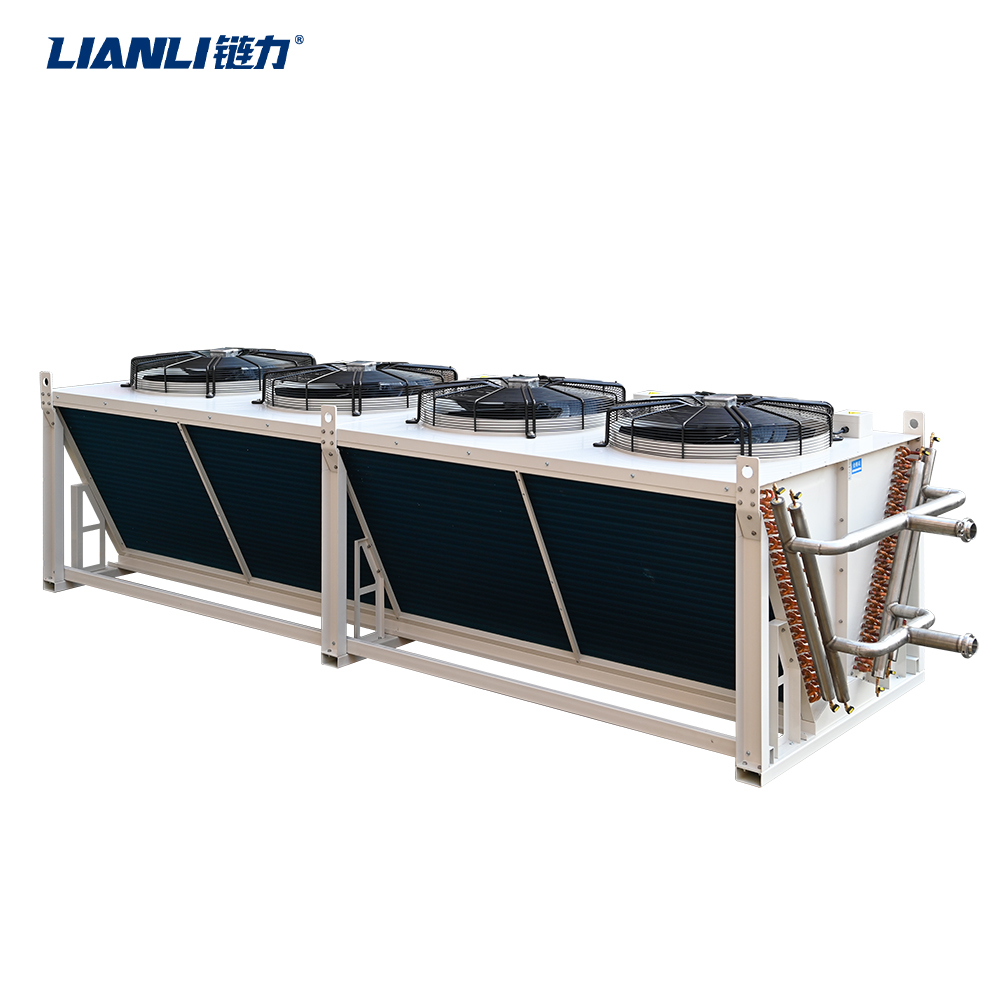
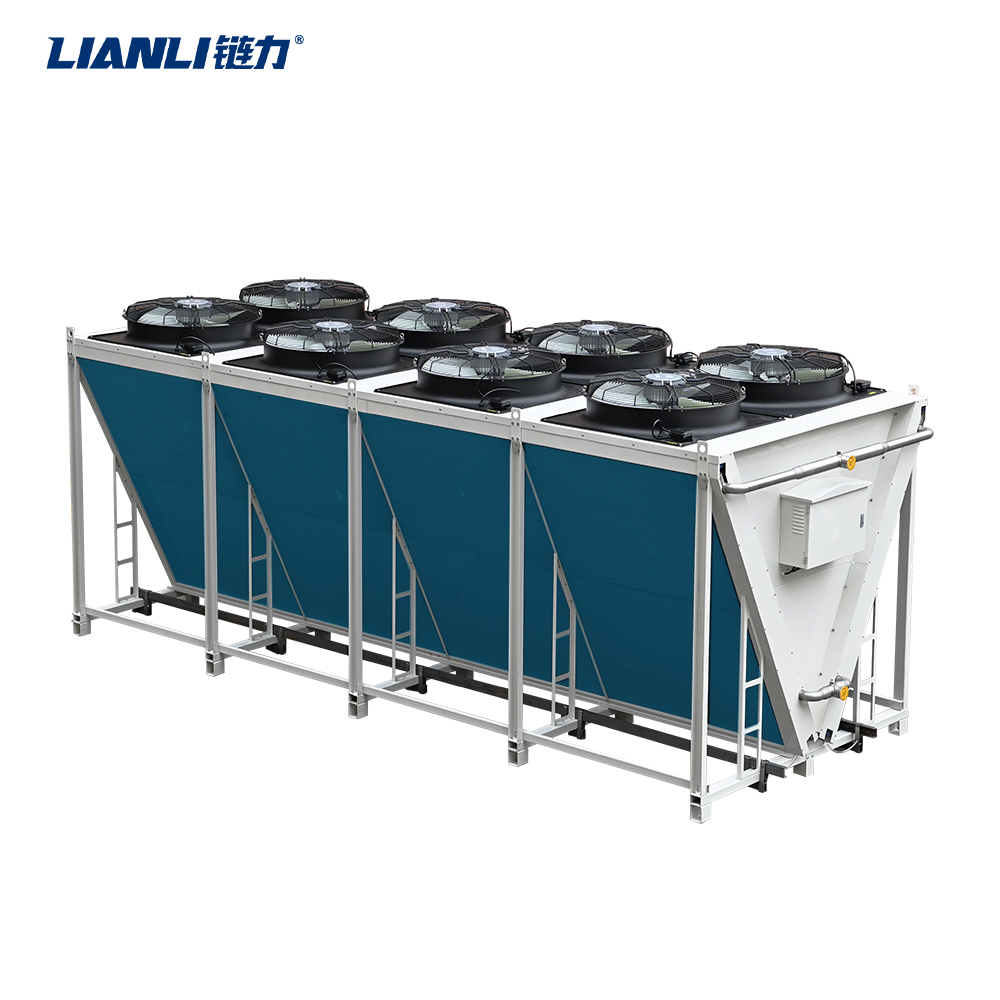

As the mining industry continues to mature and energy efficiency becomes increasingly critical, we can expect to see more adoption of liquid cooling technologies. The
Miner S21 Hyd. is not just a product; it’s a glimpse into the future of mining, where performance and sustainability go hand in hand.


 As the mining industry continues to mature and energy efficiency becomes increasingly critical, we can expect to see more adoption of liquid cooling technologies. The Miner S21 Hyd. is not just a product; it’s a glimpse into the future of mining, where performance and sustainability go hand in hand.
As the mining industry continues to mature and energy efficiency becomes increasingly critical, we can expect to see more adoption of liquid cooling technologies. The Miner S21 Hyd. is not just a product; it’s a glimpse into the future of mining, where performance and sustainability go hand in hand. 